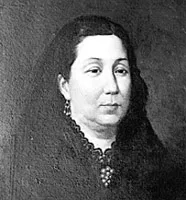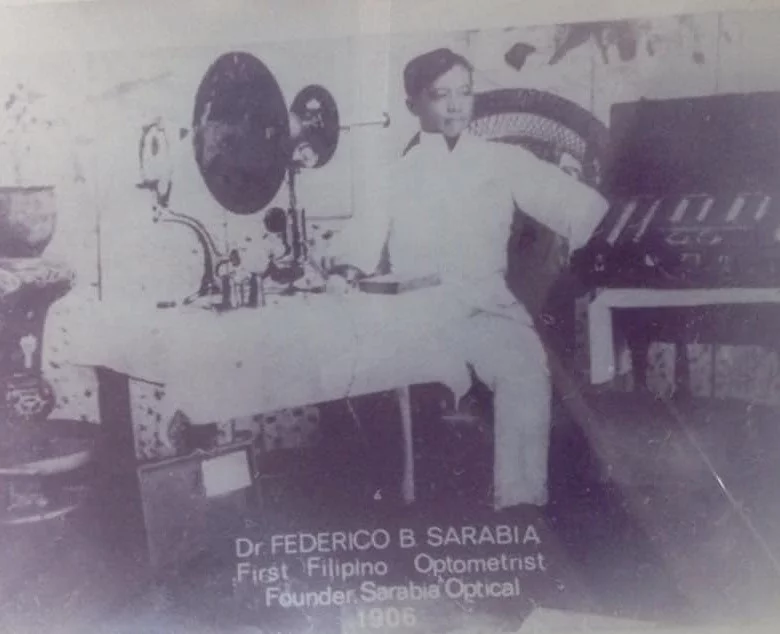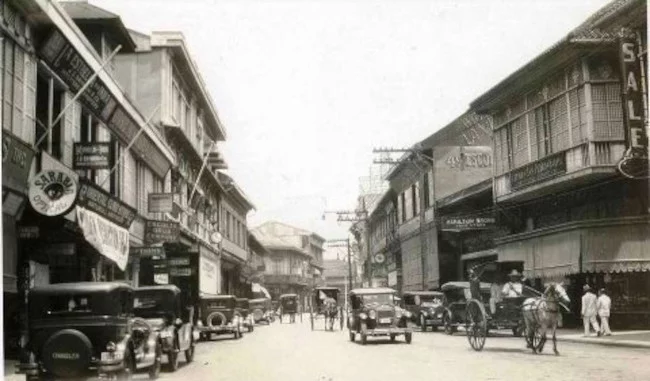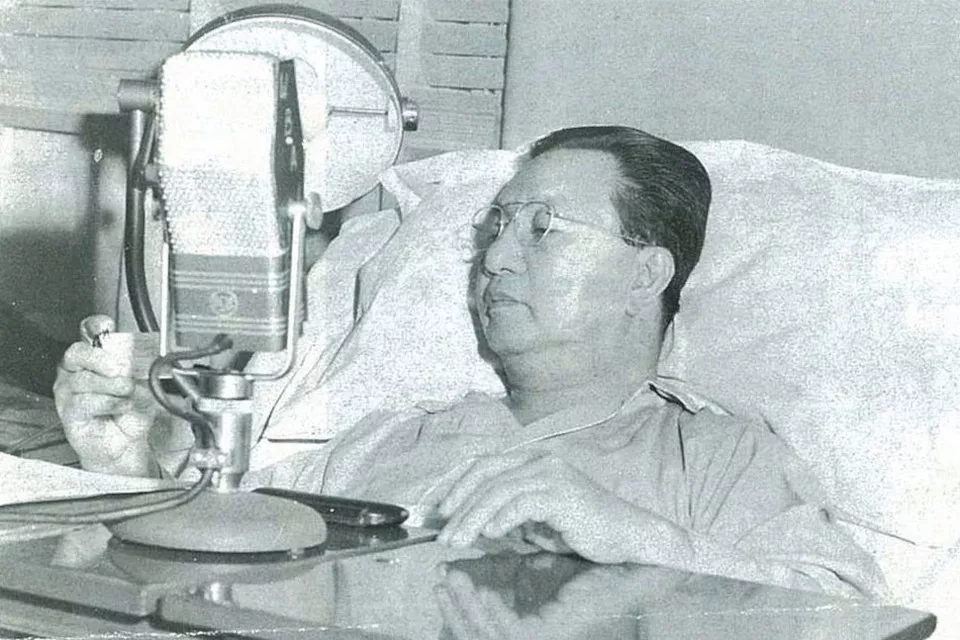Today in Philippine History, July 21, 1871, Praxedes Julia Fernandez was born in Sta. Cruz, Manila
On July 21, 1871, Praxedes Julia Fernandez, the so-called singing sweetheart of Manila, a performer who is considered Queen of Philippine Drama, was born in Sta. Cruz, Manila. She was one of the three children of Mariano Fernandez and Josefa Quizon.
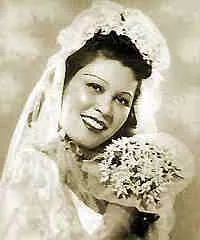
|
|
| (Praxedes Julia Fernandez on her wedding day) |
Yeyeng as she was popularly known, was one of the founders of Fersuta company, the name framed from the names of the principal lady players, Fernandez, Suzara,and Tagorona. Her group presented many benefit shows for the widows and orphans of the soldiers of the Spanish army.
On September 30, 1891, in grateful acknowledgement of Miss Fernandez's performances for charity, the Spanish army honored her with a gala affair. As a memento of the occasion, she was presented with a silver crown.
Yeyeng ended her stage career with a farewell presentation of the opera La Viuda Alegre at the Manila Grand Opera House on November 14, 1911.
On August 18, 1892, she was married to Ricardo Penalos Pastor, a professor in the Escuela de Artes y Oficios in Iloilo. Their marriage was not blessed with any children.
She died on August 22, 1919 at the age of 48.
References:
- Philippine News Agency archives
- Photo credit: http://dreamcatcherrye.blogspot.com/

